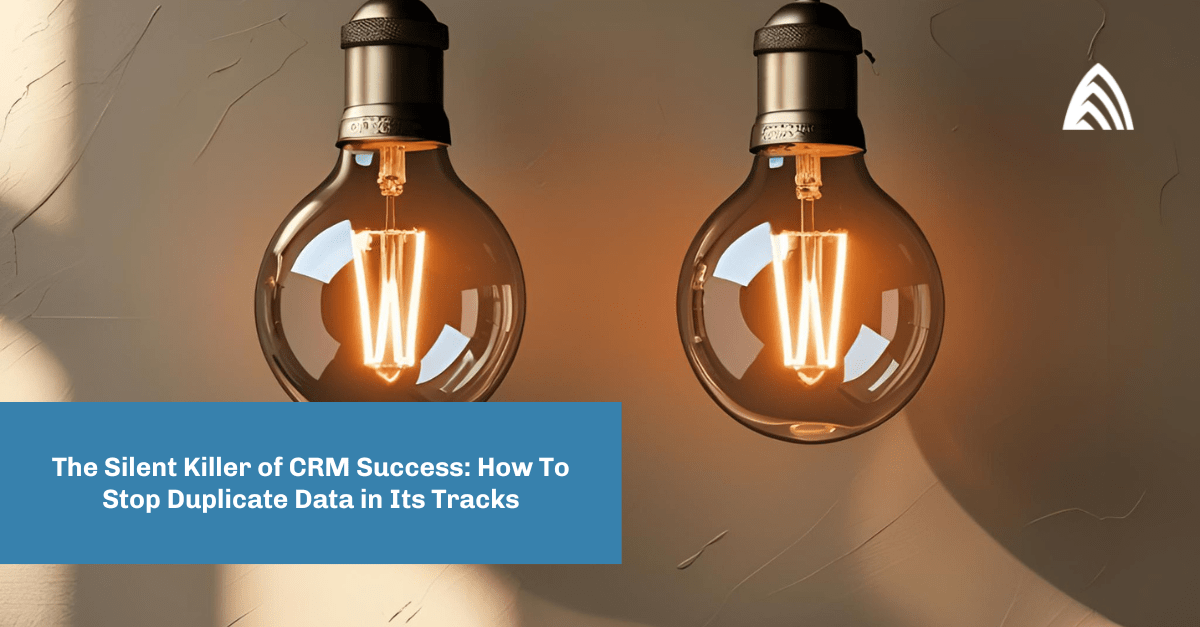When I first started learning about data engineering, I’ll be honest — I was overwhelmed. Everyone was throwing around terms like “pipelines,” “modeling,” and “data lakes,” and I was just trying to figure out what went where.
However, the more I explored, the more one thing became clear: the impact of a data vault is significant.
At first, it felt like just another technical concept. But very quickly, I realized it wasn’t just about data, it was about solving real business problems in a structured, scalable, and future-ready way.
Data is one of your organization’s most valuable assets. Every company wants to be data-driven. But building a system that’s both flexible and trustworthy? That’s the hard part.
If your organization is drowning in dashboards, fixing broken reports, or struggling with multiple “sources of truth,” that’s where a data vault comes in. (And this blog is for you.)
Let’s start with the basics: What is a data vault?
Traditional data warehouses often struggle to keep up with the speed and complexity of modern businesses. They are rigid, difficult to scale, and expensive to maintain.
A data vault is a modern approach to data warehousing that’s built for agility, scalability, and long-term data traceability. It helps organizations store, organize, and access data from across the business in a way that is reliable, secure, and flexible — even as systems, rules, and business needs evolve.
The core philosophy: Why choose a data vault?
- Historical tracking: It aims to store “all the data, all of the time,” capturing historical changes without losing information. This contrasts with traditional models that might only store the “single version of the truth” at a given time. Auditability and data lineage are paramount.
- Scalability & flexibility: The modular design allows new data sources, attributes, or new business requirements to be added incrementally without requiring major redesigns of the existing structure. It handles large volumes efficiently, often using hash keys for better parallel loading and performance.
- Integration: It provides a robust way to integrate data from disparate sources based on common business keys.
- Automation: Its pattern-based structure makes it highly suitable for data warehouse automation tools.
- Hybrid approach: It’s often described as a hybrid, taking beneficial aspects from both 3rd Normal Form (3NF) for structure and Star Schema for context, separating structural data (keys and relationships) from descriptive attributes.
- Layered architecture: This architecture involves layers, including a staging area (raw source data), a Raw Vault (integrated, historical raw data), a Business Vault (applying business rules and harmonizing terms), and Information Marts (for reporting/BI).
At its core, the data vault is built on three simple yet powerful components:
- Hubs: These represent your core business concepts, like “customer,” “product,” or “order.” They contain the unique business keys that identify these concepts.
- Links: These establish the relationships between your hubs. For instance, a link would connect a customer hub to a product hub to represent a purchase.
- Satellites: These store all the descriptive attributes about your hubs and links, along with a complete historical record of any changes. If a customer’s address changes, a new record is added to the “customer satellite,” preserving the old address for historical context.
Building data vault architecture: Client case study
Industry: Healthcare & Medical Devices/Life Sciences
Challenge: Our client needed a unified, reliable, and analytics-ready customer master data platform to support its enterprise analytics and Salesforce use cases.
They faced the following challenges:
- Disparate data sources (e.g., IQVIA, SFDC, SAP, UMA) were not fully integrated into their customer master, resulting in difficulties with deduplication and matching accounts and contacts across these sources.
- Lack of a consolidated “gold tier” view of customer data for consumption by different systems (e.g., Snowflake, Salesforce, Digital applications, APIs).
- Integration limitations because there was no standardized REST API or caching mechanism to serve this gold-tier data efficiently.
Solution:
Atrium delivered customer master releases leveraging Snowflake and data vault architecture, with a focus on data engineering, quality, and API enablement.
Key solutions:
Data engineering & modeling
Our in-house data vault experts created the:
- Snowflake-based customer master gold tier.
- Silver & gold layer, which integrated new data sources (i.e., SAP CRM, UMA, IQVIA, D&B, SFDC).
Collaborative development & governance
- Joint sprint-based delivery with Jira for story management, testing, and acceptance.
- Knowledge transfer and architecture support for the client’s release management team.
- Enabled data governance with metadata, tagging, and YAML documentation for gold views, along with granular auditability thanks to data vault modeling standards.
Your data vault partner
Atrium specializes in helping organizations unlock the true value of their data with data vault methodology. We understand that every organization’s data journey is unique, and we tailor our approach to meet your specific needs and goals. Our team brings a mix of data strategy, data engineering, and business knowledge to make your transformation smooth and successful.
We can help with:
- Data vault strategy & roadmapping: We’ll work with you to develop a clear vision and a step-by-step plan for your data vault implementation.
- Data modeling and architecture: Our experts will design a robust and scalable data vault model tailored to your business.
- ETL/ELT development: We’ll build efficient and automated data pipelines to populate your data vault.
- Training & enablement: We’ll empower your team with the knowledge and skills to manage and leverage your new data platform.
Ready to modernize your data?
If you’re facing growing data complexity, slow analytics, or compliance headaches, now’s the time to rethink your data strategy. Let us show you how a data vault can be the foundation for a smarter, faster, and more data-driven business.
Contact us today to learn how Atrium can help you unlock the true power of your data with a modern data vault solution. Let’s build your data future together.








